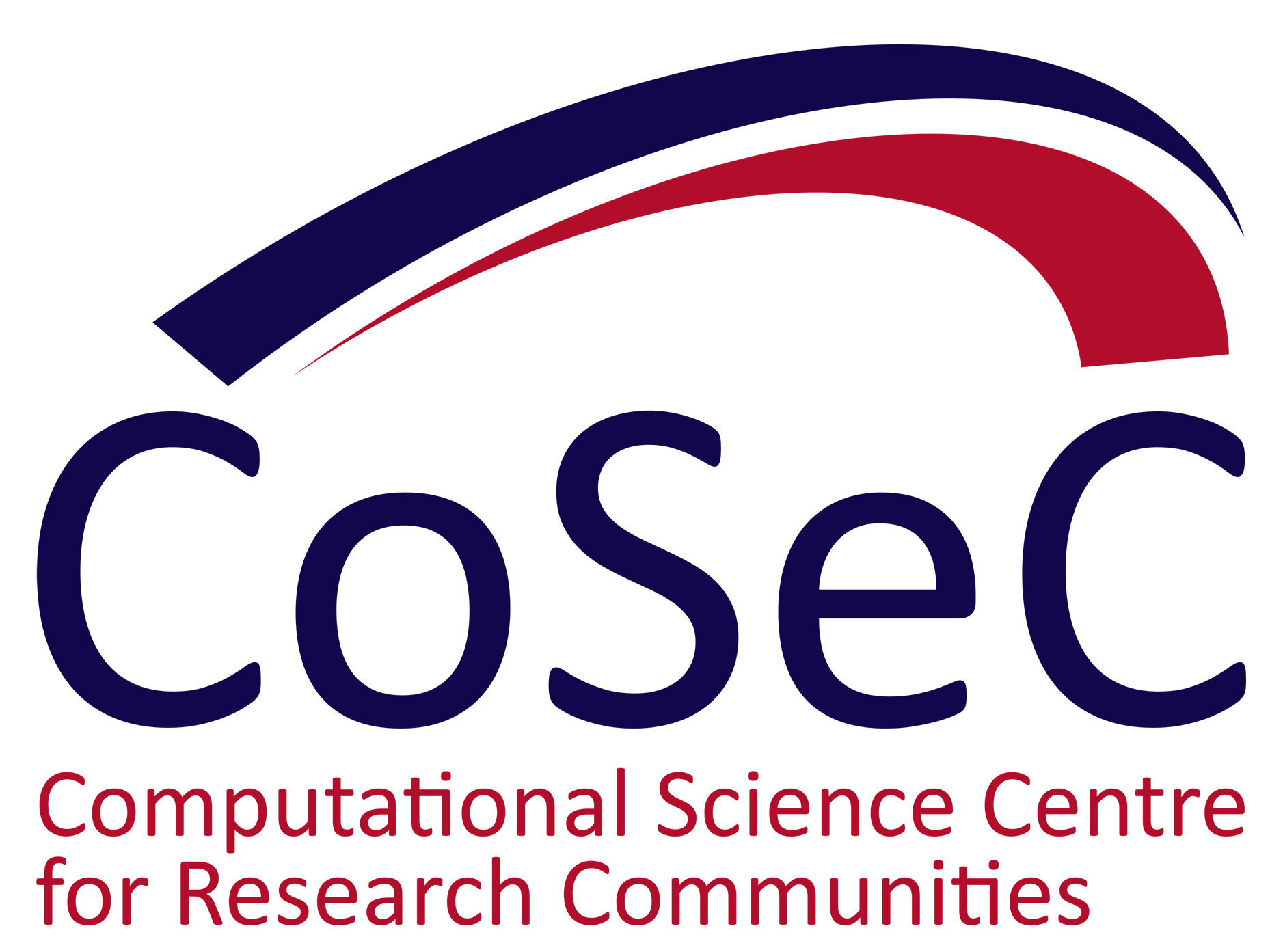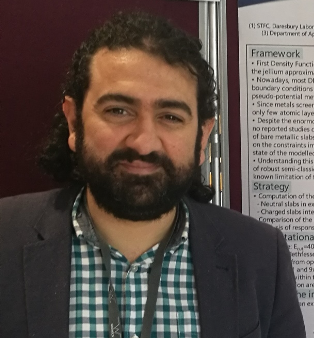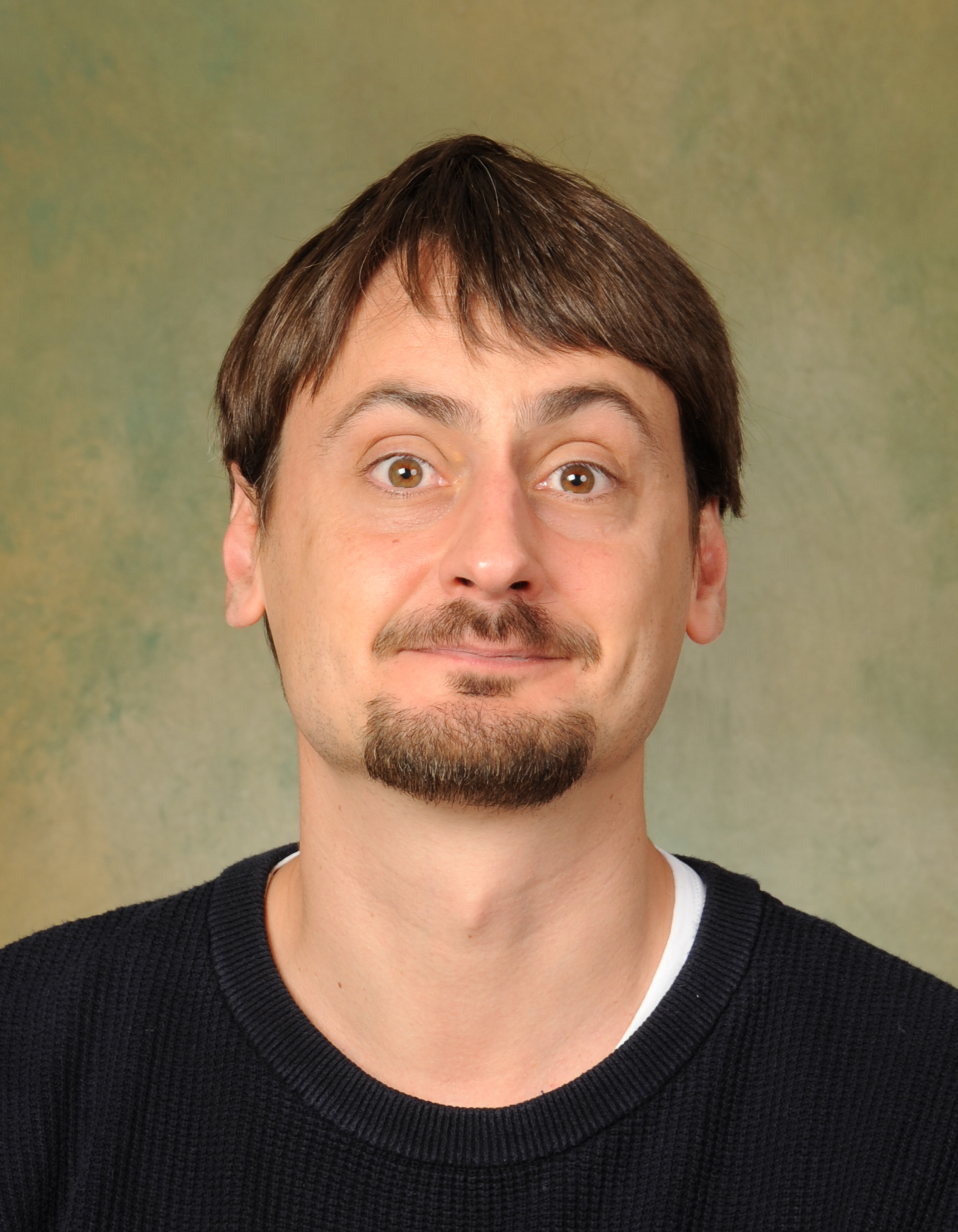
Drs
Ivan Scivetti and
Gilberto Teobaldi (of the Scientific Computing Department -SCD) working with fellow scientists at the University of Liverpool and the National Tsing Hua University of Taiwan, have developed a new research methodology that combines high-resolution electrochemical measurements with atomistic simulations to derive unprecedented insights of ion-intercalation in materials with battery applications.
The structure of battery electrode (i.e. electro-active) materials provides a suitable framework to intercalate ions from the surrounding electrolyte. This intercalation is the fundamental process available for electrochemical energy storage and conversion. While future technology demands high performing, safer and sustainable materials, improved solutions require a deeper understanding of the ion-intercalation mechanism, as well as the structural response of these host materials to lessen the inevitable degradation over time.
Nickel hydroxide, Ni(OH)2 is an example of a host electro-active material. At each charge cycle ion-intercalation is achieved by the insertion of potassium (K+), lithium (Li+), and sodium (Na+) from the surrounding solution into the cavities of the host, (as illustrated in the figure shown above) with the reverse occurring on discharge.
Before this research, the existing literature for this material assumed the electrodes to be pristine prior to ion-intercalation, i.e. completely free of intercalated species. However, a careful and considered combination of experimental and computational techniques showed the presence of intercalated water. The electrochemical cycling of Ni(OH)2 electrodes in the presence of different electrolytes showed unambiguously that ion-intercalation displaces structural water from the cavity-laden host. Furthermore, it's the large expulsion of cavity-inhabiting water that leads to the collapse of the structure and hence electrochemical degradation of the material. The extent of this degradation is found to depend on the size of the electrolyte ion with larger ions (K+ and Na+) displacing larger amounts of structural water thereby resulting in faster degradation rates.
By working together closely, the scientists developed a new analytical approach to monitor the compositional changes in Ni(OH)2 following consecutive charge/discharge cycles. Their combined expertise in experimental and theoretical research, namely Electrochemical Quartz Crystal Microbalance (EQCM) measurements and Density Functional Theory (DFT) simulations, led to the development of a novel workflow to explore ion-intercalation processes in general. Their work was recently published in the ACS Applied Energy Materials journal.

Dr Scivetti, SCD co-principal author of the study, said: “While EQCM constitutes a powerful tool to determine stoichiometric changes during battery cycling, interpretation of the measurements becomes ambiguous when more than two chemical inequivalent species are involved in the process, as happens in this study. The system of two equations from mass and charge conservation derived from the EQCM data is just not enough to unequivocally determine the unknown stoichiometric coefficients of the participating species."
“In such cases, the standard protocol to solve the system of equations relies on arbitrary chemical intuition. Instead, we decided to build atomistic models of selected possible solutions compatible with the experimental mass and charge changes, and perform high-performance computing simulations to identify the lowest energy, favoured compositions of the material during cycling."

Dr Teobaldi, SCD's co-author, notes: “Being highly transferable, the new approach should be a useful addition to the available tool-kit for fundamental research in ion-intercalation and chemical degradation of battery materials. This work illustrates nicely the scientific value and opportunities that lurk at the interface between poorly connected research communities, as it was the case for the EQCM and battery-modelling teams when this research started. I am positive there is plenty more opportunities out there!"
Follow up work, supported by STFC's Ada Lovelace Centre, is due to start in April 2020 in collaboration with experimental partners at Diamond Light Source (Dr Sofia Diaz-Moreno), STFC Central Laser Facility (Dr Paul Donaldson), and STFC ISIS Neutron and Muon Source (Dr Daniel Bowron) to develop a software to automate this novel approach, making it accessible to all interested users of STFC Facilities.
Further information
The paper 'Quantitative Resolution of Complex Stoichiometric Changes During Electrochemical Cycling by Density Functional Theory Assisted, Electrochemical Quartz Crystal Microbalance', is published in ACS Applied Energy Materials [DOI: 10.1021/acsaem.9b02386]
